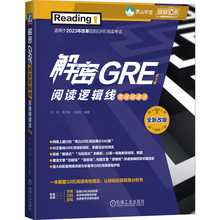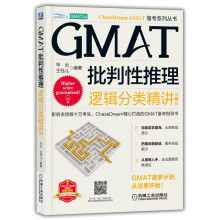It is easv to accept Freud as all applied scientist,and,indeed,he is widely regarded as the twentieth centurys master clinician.However,in viewing Marx as an applied social sci entist the stance needed is that of a Machiavellian operationalism.The objective is neither
Line to bury nor to praise him.The assumption iS simply that he is better understood for being
(5) understood as in applied sociologist.This is in part the clear implication of Marxs Theses on Feurbach,which culminate in the resounding 11 th thesis:“The philosophers have only interpreted the world in different ways;the point,however,iS to change lt.”This would seem to be the tacit creed of applied scientists everywhere.
Marx was no Faustian,concerned solely with understanding society,but a Promethean
(10)who sought to understand it well enough to influence and to change it.He Was centrally Concerned with the social problems of a lay group,the proletariat,and there can be little doubt that his work is motivated by an effort to reduce their suffering,as he saw it.His diagnosis was that their increasing misery and alienation engendered endemic class strug- gle;his prognosis claimed that this would culminate in revolution;his therapeutic prescnp。
(15)tion Was class consciousness and active struggle.
Here.as in assessing Durkheim or Freud,the issue iS not whether this analysis IS emplr’ icallv correct or scientifically adequate.Furthermore,whether or not this formulation seems to eviscerate Marxs revolutionary core,as critics on the lee may charge,or whether the formulation provides Marx with a new veneer of academic respectability,as critics on
(20)the right may allege,is entirely irrelevant from the present standpoint.Insofar as Marxs or any other social scientist’s work conforms to a generalized model of applied social science, insofar as it is professionally oriented to the values and social problems of laymen in his society,he may be treated as an applied social scientist.
Despite Durkeims intellectualistic proclivities and rationalistic pathos,he was too much
(25) the Droduct of European tUrbulence to turn his back Oil the travail of his culture.“Why striv‘e for knowledge of reality,if this knowledge cannot aid us in life,”he asked.“Social sci ence,”he said,"can provide US with rules of action for the future.”Durkheim,like Marx, Conceived of science as an agency of social action,and Iike him Was professionally oriented to the values and problems of laymen in his society.Unless one sees that Durkheim was In
(30) some part an applied social scientist,it is impossible to understand why he concludes his monumental study of Suicide with a chapter on“Practical Consequences,”and why,in the Division ofLabor,he proposes a specific remedy.
展开










